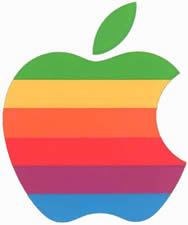feejer222
Well-known member
First I scoured it for software I have downloaded and don't use any more, and uninstalled it. I don't know if there is any benefit to this if the programs are not running but I did it anyway.Skype is one of the worst culprits I have found. I un-installed it from a previous computer and it instantly speeded up. I also got rid of Limewire. I use it occasionally but not enough to keep it.
Then I ran PC Doctor CLICKY. This is something that I bought some time ago. I find that if I leave it running it slows the computer down on its own so I shut it down until I need it. The fact that it takes an age to re-start stops me from using it as often as I should.
After that I ran AVG CLICKY I have had this anti virus software for ages and I believe it to be one of the best. It too seems to have a slowing effect on the computer when left running but I leave it running for safety's sake.
Then I wheeled out Ad-Aware. CLICKY A third anti virus anti/spyware type software.
After that a disk clean up and de-frag. I am astounded at how quick the computer has become. It took about 5 hours total whilst watching TV but has made the computer like it was when it was new again.
Then I ran PC Doctor CLICKY. This is something that I bought some time ago. I find that if I leave it running it slows the computer down on its own so I shut it down until I need it. The fact that it takes an age to re-start stops me from using it as often as I should.
After that I ran AVG CLICKY I have had this anti virus software for ages and I believe it to be one of the best. It too seems to have a slowing effect on the computer when left running but I leave it running for safety's sake.
Then I wheeled out Ad-Aware. CLICKY A third anti virus anti/spyware type software.
After that a disk clean up and de-frag. I am astounded at how quick the computer has become. It took about 5 hours total whilst watching TV but has made the computer like it was when it was new again.






